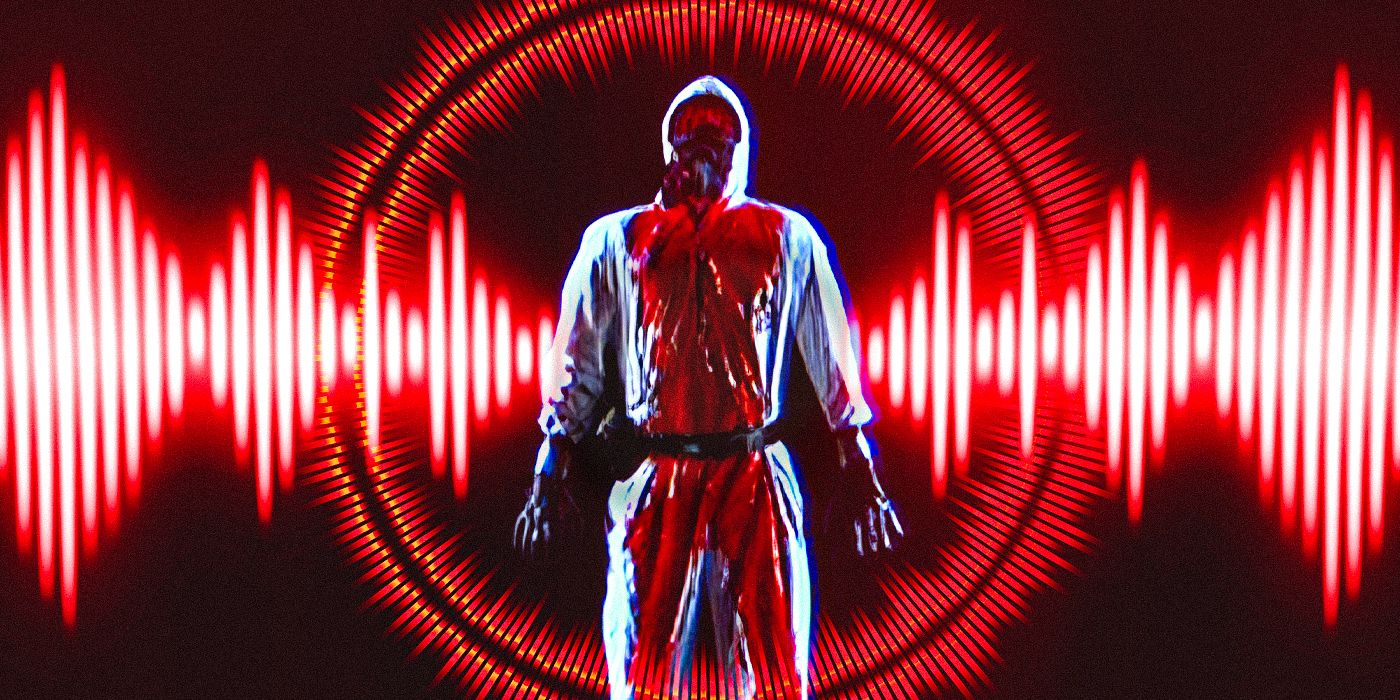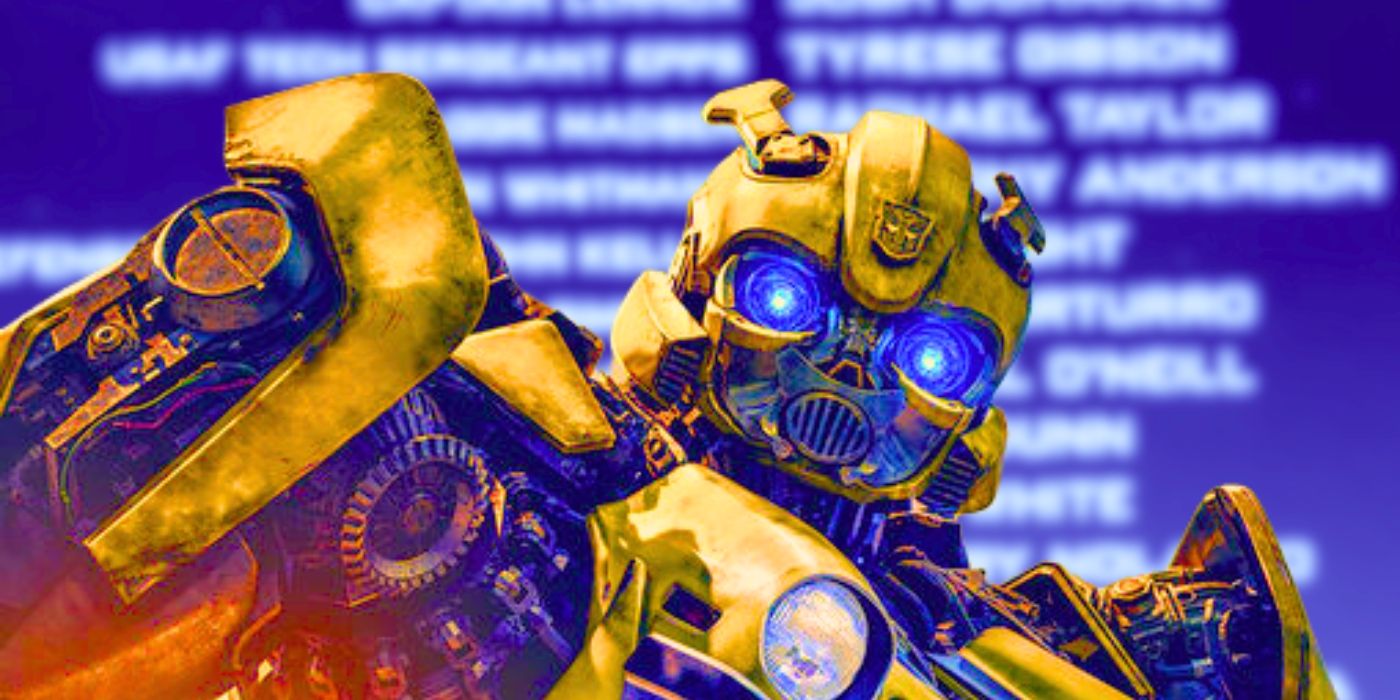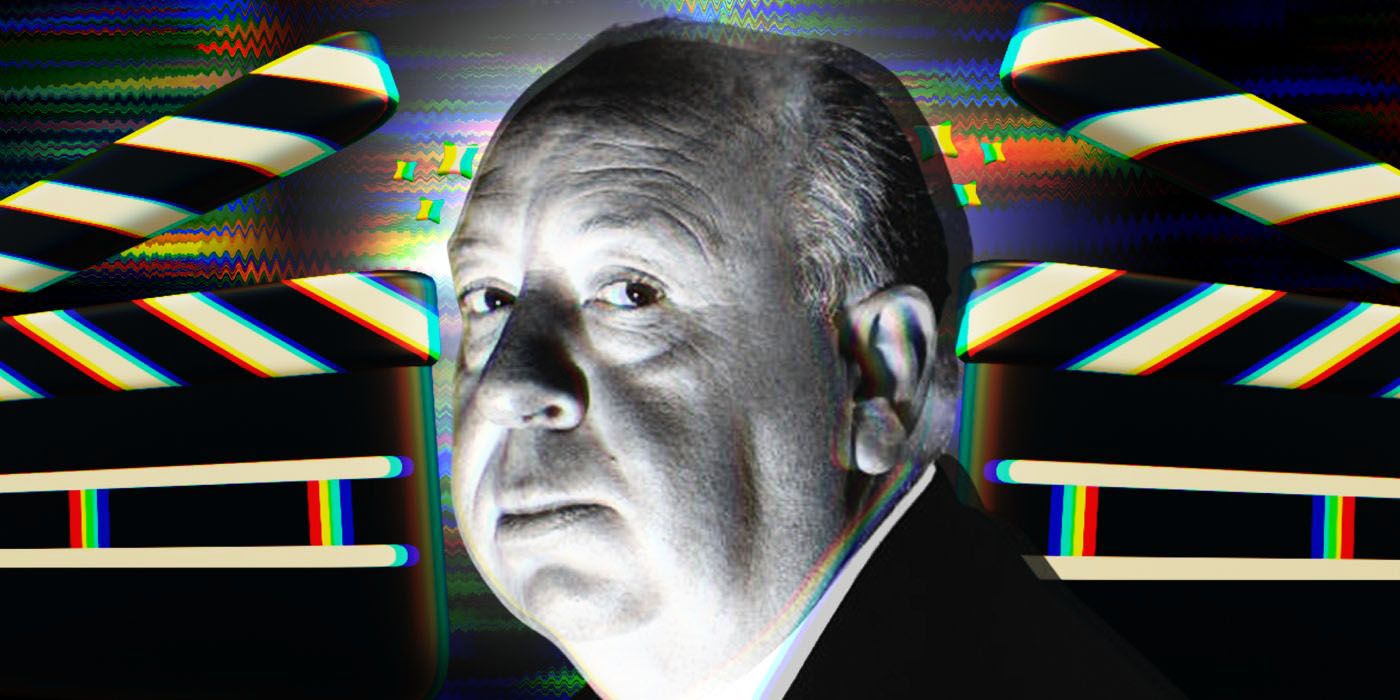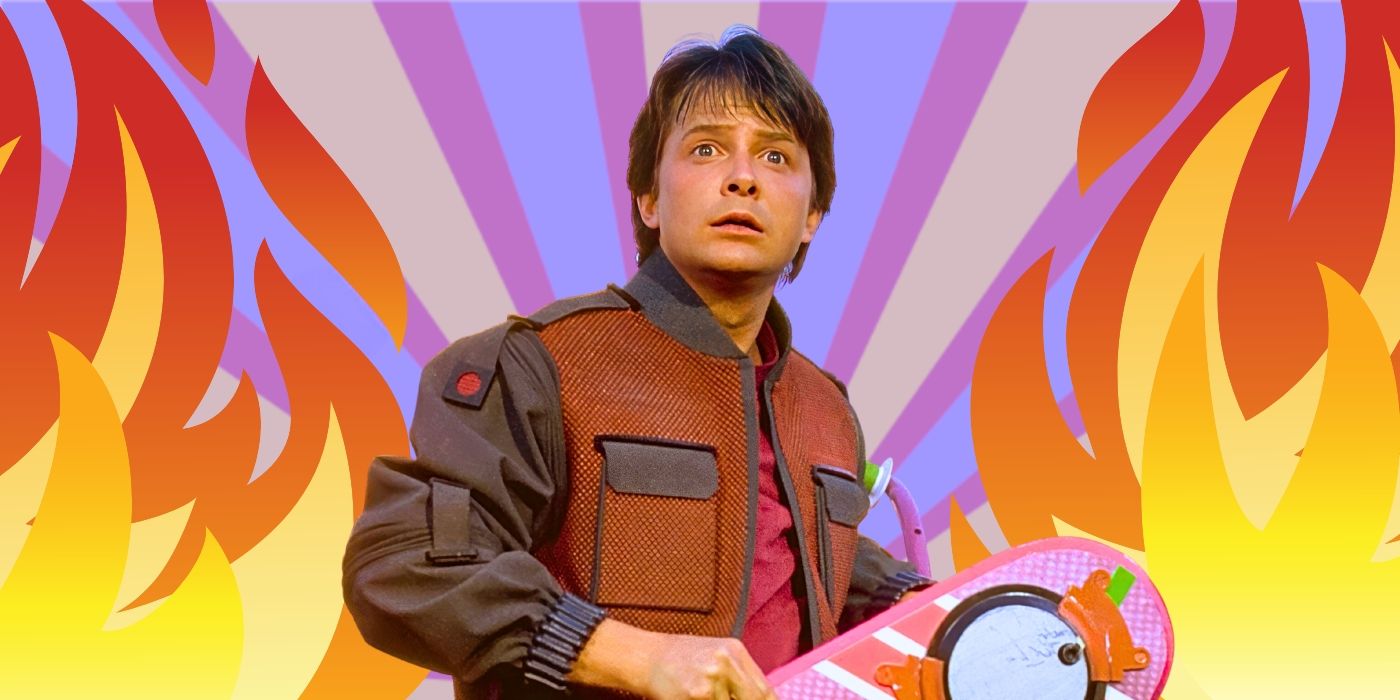The Big Picture
- Brad Anderson’s Session 9 is a low-key, atmospheric horror film set in a real-life abandoned mental hospital.
- The film’s eerie setting and clever use of sound design create a chilling and suspenseful experience for viewers.
- Session 9 has achieved cult status among horror fans and showcases Anderson’s talent as a genre master.
The early 2000s remains a gold mine for nostalgic horror fare, and Brad Anderson‘s (The Machinist, The Call) first foray into the genre, Session 9, remains a terrifically low-key paean to the atmospheric classics that inspired it. Set within the crumbling relic that is Danvers Asylum in Massachusetts, Session 9‘s cerebral approach to inducing frights results in a filmic feast for those who like to put their imagination and puzzle-solving abilities to the test. The filming location was, in fact, a real-life facility that originally opened in the 1870s, lending an unnerving authenticity to the vérité style of filmmaking of Session 9. According to lead David Caruso, they didn’t need to dress the set shooting, instead using the furniture that was already in the facility.
Interestingly, Brad Anderson had directed only romantic comedies before adapting Session 9’s script — and his talents are on full display throughout his third feature as he was operating sparely and with a smattering of resources. He will now reportedly take the reins for the next Romero-inspired Living Dead film as well, likely off the back of his ongoing success in the genre. Session 9 has since deservedly gone on to achieve cult status among horror fans and its ending is one to stew on for a while post-viewing.
Session 9
Tensions rise within an asbestos cleaning crew as they work in an abandoned mental hospital with a horrific past that seems to be coming back.
- Release Date
- August 10, 2001
- Runtime
- 100
- Main Genre
- Horror
- Tagline
- Fear is a place
‘Session 9’ Makes the Most of Its Eery Setting
With only a modest budget to work with (circa 1.5 million USD), Anderson manages to eke out a hefty number of scares through the concoction of a stiflingly chilly atmosphere and a cloying ambiguity. Session 9 appears to be inspired by classics such as Nicholas Roeg‘s occult thriller Don’t Look Now, and likely The Shining in the way the film portrays the disintegration of sanity through prolonged exposure to a distinct setting (Danvers hospital subbing in for the Overlook hotel here). Don’t Look Now may have been a particular touchpoint for the director in the way that it also portrayed a man at wit’s end as to what is following him, only to later discover he himself is central to the mystery. Anderson uses effective sound design to elevate tension levels and creep carefully into the viewers’ consciousness, sowing seeds of doubt concerning each of the narrative’s central characters. The whir of a reel and the crackle of old tapes are all amplified, serving as dark harbingers for whatever may be slowly emerging from the dust-smeared walls of the disused, gritty facility. The age-old unreliable narrator device works its way into proceedings and effectively serves to trip up the viewer as the plot unfolds.
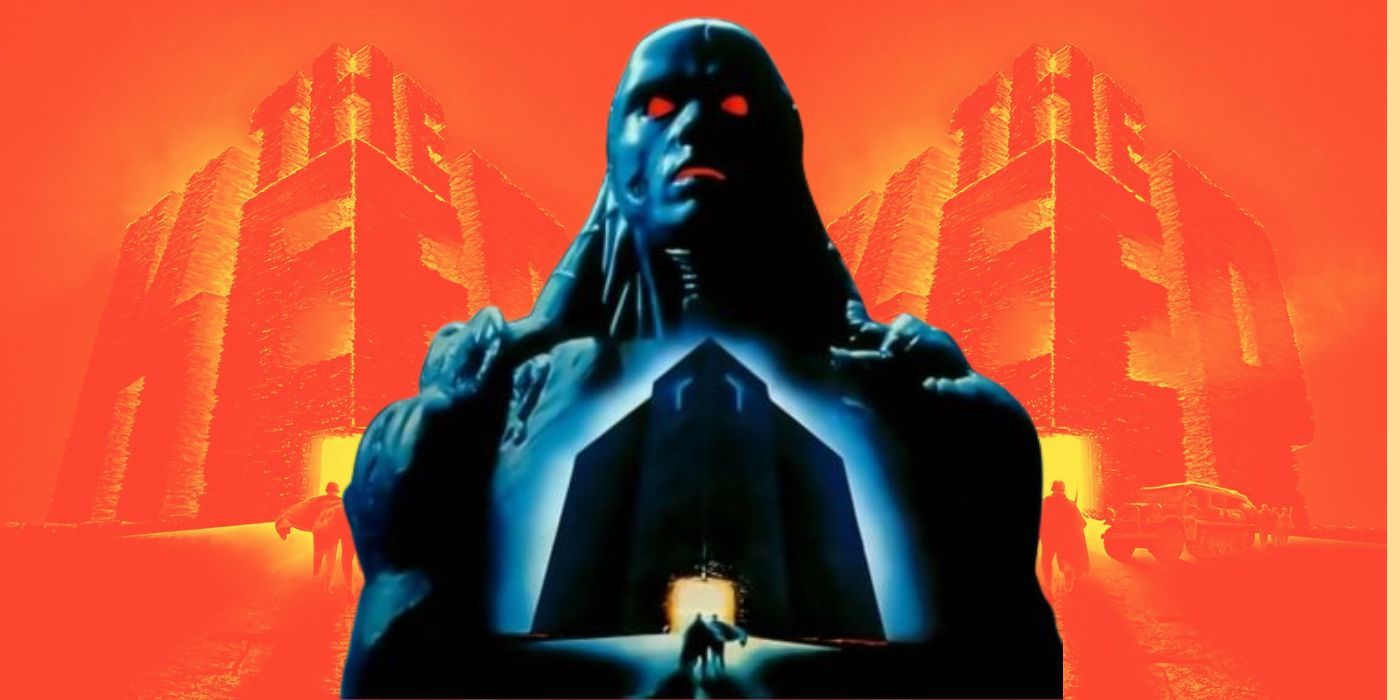
Michael Mann’s Only Horror Movie Is a Brilliant Disaster
The Oscar-nominated filmmaker behind ‘Heat’ and ‘Collateral’ wasn’t afraid to get scary.
Centered around a motley group of asbestos abatement workers charged with cleaning out the aforementioned institution, the wall between the imagined and the tangible begins to melt away with each dissipating day on the job. Traversing thought-provoking thematic and moral terrain, Anderson’s picture is a movie with a lot on its mind, serving as a lot more than a mere vessel for scares. The posse is made up of second-in-command and recently spurned Phil (David Caruso), the gambling-addicted Hank (Josh Lucas) who has recently taken up with Phil’s ex. The unit’s leader is Gordon (Peter Mullan), reportedly a family man with troubles of his own. The team is topped off by two others including the inexperienced Jeff (Brendan Sexton III), whose acute fear of the dark becomes desperately important once the film’s hectic last act swings around, and the world-weary Mike (the film’s other writer Stephen Gevedon).
The pre-CSI Miami Caruso gets close to the most screen time alongside Mullan, but his character is often diversionary. He is there to (ostensibly) steer the ship as the mental states of each of the others begin to take a turn towards the unstable. But nothing is as obvious as it appears, and therein lies the inherent skill in the film’s direction. The pragmatic Mike ultimately discovers a decades-old set of tape recordings detailing a series of grave counseling sessions involving a former patient named Mary (who apparently housed a multitude of different personalities). As he quickly becomes obsessed with the recorded sessions and the inherent mystery behind them, uncanny happenings begin to crowd in on the unsuspecting contractors. A voice calls to Gordo from the dark, while other voices instruct him to “wake up.” And at least one of the voices seems to resemble the most malignant disassociated personality featured on the cassette tapes.
‘Session 9’ Is Open to Many Interpretations
There’s a lot to unpack in Session 9, and at its core, the film is a deeply slow-burning psychological horror exercise in shifting dread. There’s a suggestion here that the spirit of a place can latch onto things like a barnacle — and it’s this faintly explored notion that seems to fit once the pieces begin to tumble together. Anderson makes a point of actively engaging the viewer’s imagination — and it certainly gets a workout. Caruso’s Phil quickly becomes exasperated. Gordo appears to be losing his grip while becoming increasingly reality-detached. Hank disappears — only to reappear completely discombobulated, babbling the same sentence over and over and mysteriously hidden behind a pair of sunglasses — and the job site’s progress has stalled as a result. Session 9 has a punchy script whose dialogue shines when taken in the context of the group’s personalities.
Anderson is able to successfully foster a sense of credibility and gradually growing claustrophobia in spite of the institution’s sprawling, serpentine layout. Aerial shots ominously demonstrate the scope of the place, yet once inside, the shaky handheld style contributes to burgeoning unease as a sense of overcrowding in confined places prevails. Especially once tensions begin to boil over. One gets the feeling any of the men may at any moment asphyxiate from the overwhelming ghostliness of the place if not the dusty debris and particles free-falling from the gutted walls. The ending is bleak and only gives so much as to whom or what the driving malevolent force is behind the increasingly bloody events, and it’s the expositional guardedness employed by the director that endows the film with its eerie staying power.
Brad Anderson Went on to Make More Quality Genre Films
In Session 9, Anderson achieves a lot on a limited budget by manipulating the camera expertly. Midshots of the crew getting heated as the natural light fades are contrasted with the backpedaling shaky cam employed as Hank surges through a dark tunnel, seeking to escape an unidentifiable threat. A recurring static shot of a mysterious chair in the middle of a forlorn stretch of space recalls the widely lauded ’80s flick The Changeling in what might be another visual nod to an enduring classic and source of inspiration to Anderson. Anderson’s proficiency at creating a gnawing sense of immediacy behind the camera while utilizing an entrancing audio track helps heighten the impact of Session 9.
The eerie recorded psychiatrist sessions feel like they’re being fed to the viewer from an otherworldly source and the way certain diegetic sounds are amplified renders the tension all the more palpable. Brad Anderson has gone on to direct several episodes of high-profile TV shows and a litany of films — including the underrated Vanishing on 7th Street with Hayden Christensen, the Halle Berry-starringThe Call, the brilliant travelogue thriller Transsiberian, the Christian Bale-led The Machinist and 2022’s oddly affecting vampire tale Blood — but Session 9 is what truly kicked off his trajectory as a genre master, and it’s a wholly unsettling and effectively-shot launching pad.
Session 9 is available to rent on Amazon in the U.S.
Rent on Amazon

